Equipment
Gear Junkie 101: An introduction to wedge bounce and grinds
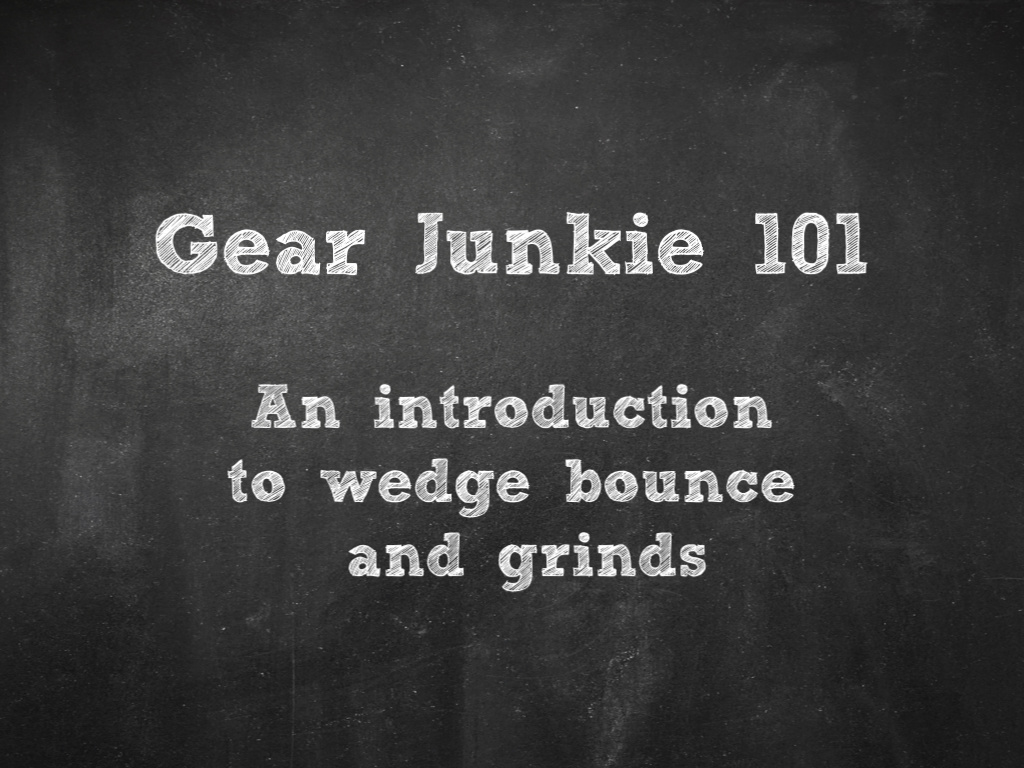
Since I designed my first line of wedges in the late 1980s, I can confidently say that I have interacted with close to a hundred thousand golfers–whether through countless phone calls, to the thousands of golfers I’ve engaged personally, to the online wedge-fitting platforms I have created, to the near-decade of writing my blog as “The Wedge Guy.”
Through all those engagements with golfers of all skill levels, the most frequent topic of conversation, confusion, and exasperation has to be the subject of bounce and grinds on wedges. And it’s no wonder, with the mind-boggling array of bounce/grind/loft combinations offered by the major and minor brands who engage in the wedge category.
I was honored that GolfWRX turned to me to write the first article in their sure-to-be-a-hit series called “Gear Junkie 101.” My goal with this examination of bounce and grinds is to help you develop a complete, and maybe slightly different understanding, of just how the sole of your wedges works and how to tackle the difficult process of finding what specific sole design will work best for you on a day in and day out basis.
What is bounce?
So, let’s start with a basic definition of “bounce.” Very simply, bounce is the downward angle of the sole of a wedge (or any golf club actually) from the leading edge to the trailing edge, measured in degrees from the pure horizontal plane (i.e. the turf). Typically, the bounce angle as it applies to wedges ranges from mid-single digits (5-8 degrees) to the mid-teens (12-15 degrees). It should make sense that the higher the degree of bounce, the more the sole of the club will tend to be “rejected” by the turf.
That’s pretty straightforward, but the subject is anything but that simple.
The “effective bounce” of a wedge is a function of both that measured bounce angle and the width of the sole. For example, a narrow sole with 12 degrees of bounce might perform almost the same as a wider sole with 8 degrees of bounce. In today’s marketplace, there are narrow sole wedges with bounce angles as high as 30-40 degrees, while the early lob wedges had very wide soles and claimed bounce angles of almost zero (they really were not that, of course). Since you are always making some degree of a descending blow to the golf ball, a negative bounce wedge would be more of a shovel than a wedge. Oh, and if part of the sole has a “negative bounce,” where the sole’s surface slants back upwards from the plane of the turf, then that part of the sole is going to have a very minimal effect on turf interaction.
If a picture is worth 1,000 words, this image from golfguideforbeginners.com is certainly helpful.
What are wedge grinds?
Now we can add to this expanding high/low bounce equation the myriad of various “grinds” available to golfers by the numerous companies engaged in the manufacture and marketing of wedges. From the custom world, the options are practically endless, and it appears most of them stem from detailed work with specific tour professionals (more on that later). Some like a sharper leading edge, while others want it more rounded. Some like a pretty straight leading edge, while others prefer some curvature from heel to toe. The options are practically endless when you are standing next to the guy on the wheel actually doing the grinding.
They also talk about “toe relief”, “heel relief” and a nearly whole alphabet of specific grinds – ‘C’, ‘K’, etc. But all these are proprietary references by the manufacturers, and there are no set of “standards” as to what each grind really is. That makes it tough on golfers to figure out what will serve you best. The market leader alone offers at least six different “stock” grinds, and other brands have their own countless variations as well. So how do you make sense of all that and choose the sole design that will serve you best?
I will share that, in my experience, only the very best golfers can really tell the difference between grinds and sole designs that differ only slightly from one another. Because tour players spend thousands of hours honing their wedge skills, they can feel things that are barely measurable. And, of course, the major brands bend over backwards to accommodate their staff professionals. These guys and ladies can fully appreciate the subtle nuances of one wedge to another that might look identical to an untrained eye. A one- or two-degree difference in bounce, or a sole width that is only 50 thousandths of an inch wider or narrower can make a difference to these elite players. But then, they get to test and try wedges provided to them for free, so they can experiment all they want, can’t they?
Leading edge, trailing edge, and heel grinds on Tiger Woods’ 56-degree TaylorMade MG2 wedge.
It has been my observation that even the very best recreational golfers typically do not approach this acute level of skill, but I have seen some that can detect differences that would escape notice of even active recreational golfers of more “average” skills.
I’ll get a bit skeptical here in saying that I have long challenged the notion that bounce can be accurately “fitted” through a simple examination of your swing path and/or the turf. My difficulty with that premise stems from those extensive golfer engagements wherein the vast majority of golfers–regardless of handicap–revealed to me that both turf conditions and their swing path are constantly changing. Hmmmm. Then how could you possibly “fit” either variable? That would be like trying to buy a pair of shoes if your feet were different sizes every day, wouldn’t it?
But you have to start somewhere to sort through the wilderness of bounce angles and grinds, so, let me offer you my advice and see if that can’t help you through the process.
First of all, I believe that the potentially negative effect of the “wrong” bounce is much less on full swing shots than it is on the short delicate shots around the greens–clubhead speed can make up for a lot. Unless the bounce angle of the wedge is just a terrible match to your most common full swing path, I think “close is good enough” in this aspect. In general, however, I think if you play the usually lush turf of the northern U.S., you will benefit from a more aggressive bounce and/or wider sole than if you play the typically tighter turf of the south and southwest.
Please understand that is a generalization, however.
Secondly, I do not believe you can fit bounce off of artificial turf, as even the best mats do not really imitate the real thing, where you will encounter different grasses, grain against and/or with your shot direction, etc. There is simply no substitute for trying different bounce options on the course itself, hitting shots you face regularly from the variety of turf conditions you encounter on a round-in, round-out basis. If you are serious about trying to get the right wedge, you simply have to hit a wide variety of shots with it (or one like it) to see how it performs under all conditions and shot types.
So, if you were looking for a shortcut, I just do not have one. In my opinion, to accurately evaluate any of the various bounce angles and grinds in search of the best wedges for YOU, you must take them to your course and hit the shots you hit regularly to see how they react to YOUR technique and conditions. In this wedge trial and testing process, put most of your focus on your bunker shots and a variety of short shots around the greens. Dollars to donuts says that this process will allow you to find one or two bounce/grind combinations that separate themselves from the pack as best FOR YOU.
Hey, this is golf, and if it was easy, everyone would do it, right?
Equipment
BK’s Breakdowns: Cameron Young’s winning WITB, 2025 Wyndham Championship

Cameron Young’s WITB from his win at the 2025 Wyndham Championship. Cameron is a Titleist staff player but his bag is definitely filled with some unique clubs. Here are the clubs he used to secure his first PGA Tour win!
Driver: Titleist GT2 (9 degrees, A1 SureFit setting)
Shaft: Mitsubishi Tensei 1K Pro Orange 70 TX
3-wood: Titleist GT3 (15 degrees)
Shaft: Mitsubishi Tensei 1K White 80 TX
Hybrid: Titleist GT2 (21 degrees)
Shaft: Fujikura Ventus HB Black VeloCore+ 10 X
Irons: Titleist T200 (4), Titleist T100 (5), Titleist 631.CY Prototype (6-9)
Shafts: True Temper Dynamic Gold X7 (4-9)
Wedges: Titleist Vokey Design SM10 (48-10F, 52-12F, 56-14F @57), WedgeWorks (60-K* @62)
Shafts: True Temper Dynamic Gold X7
Putter: Scotty Cameron Phantom 9.5 Tour Prototype
Grips: Golf Pride Tour Velvet Cord
Ball: Titleist Pro V1x Prototype
Whats in the Bag
Peter Malnati WITB 2025 (August)
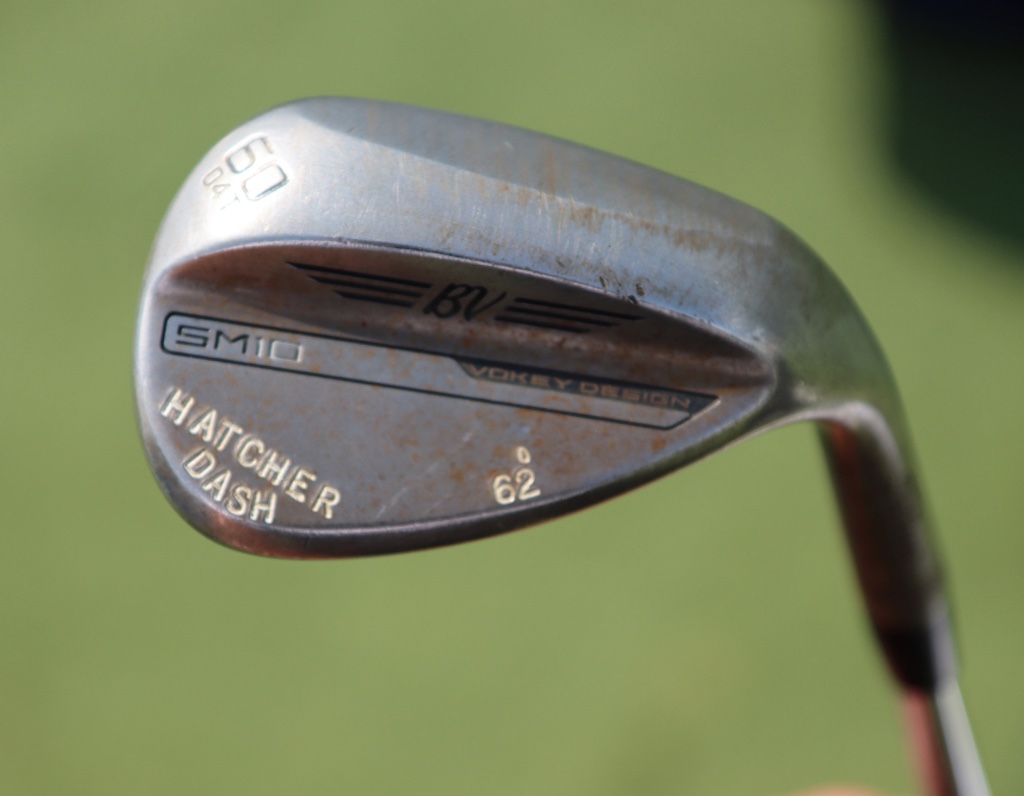
- Peter Malnati what’s in the bag accurate as of the Wyndham Championship. More photos from the event here.
Driver: Titleist GT3 (10 degrees, C2 SureFit setting)
Shaft: Project X Denali Blue 60 TX
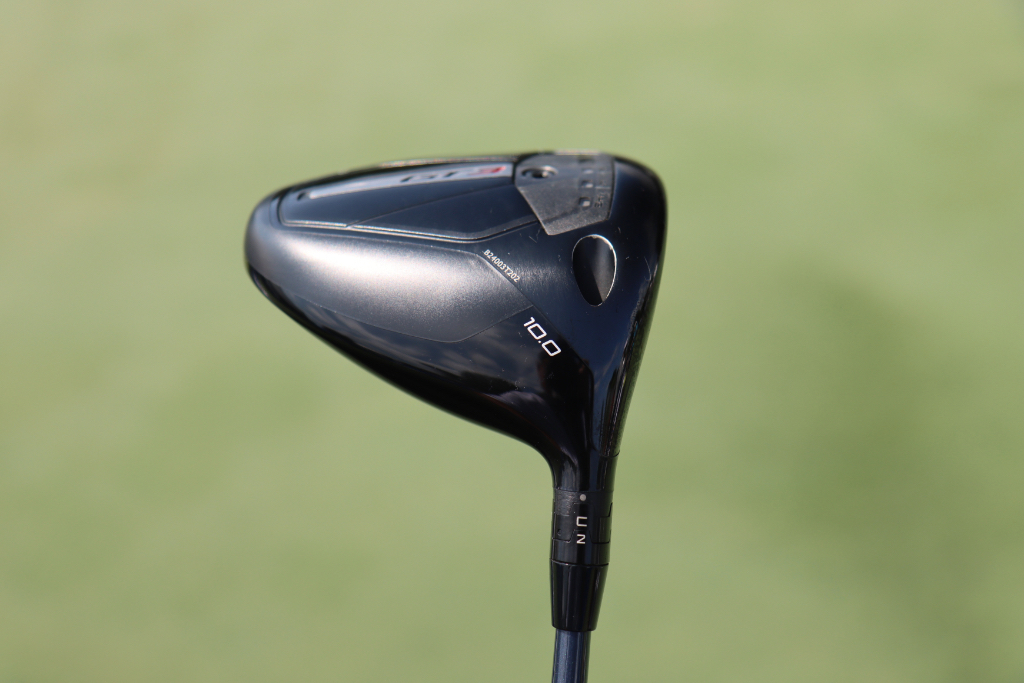

3-wood: Titleist GT3 (15 degrees, A1 SureFit setting)
Shaft: Fujikura Ventus TR Blue 7 X
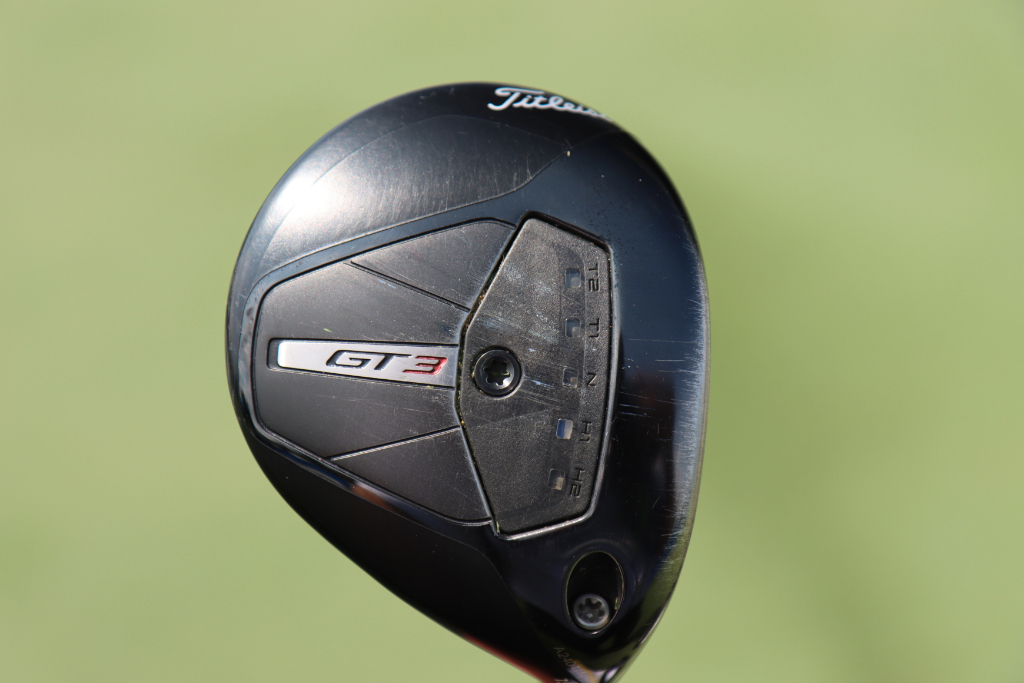
7-wood: Titleist GT2 (21 degrees, D1 SureFit setting)
Shaft: Fujikura Ventus TR Blue 8 X
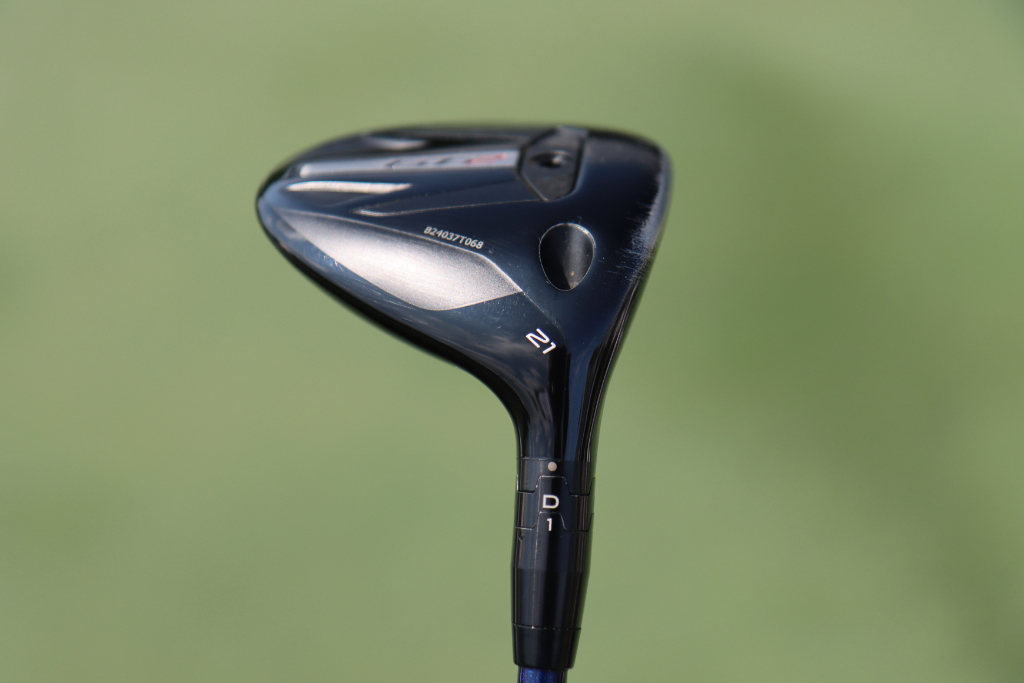
Irons: Titleist T150 (4, 5), Titleist T100 (6-9)
Shafts: True Temper AMT Tour White X100
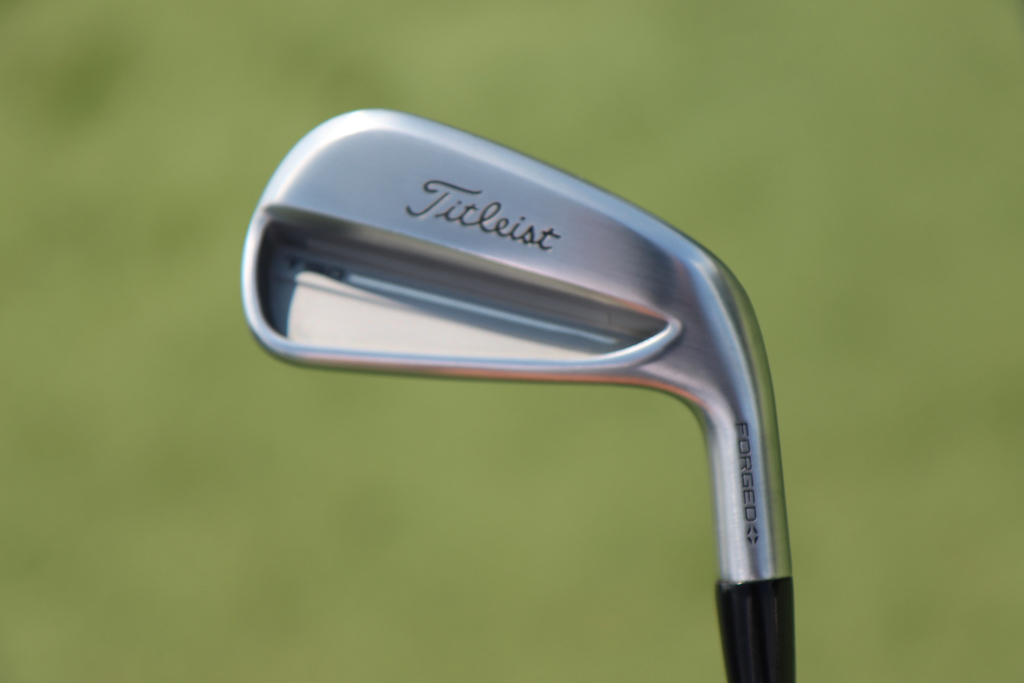
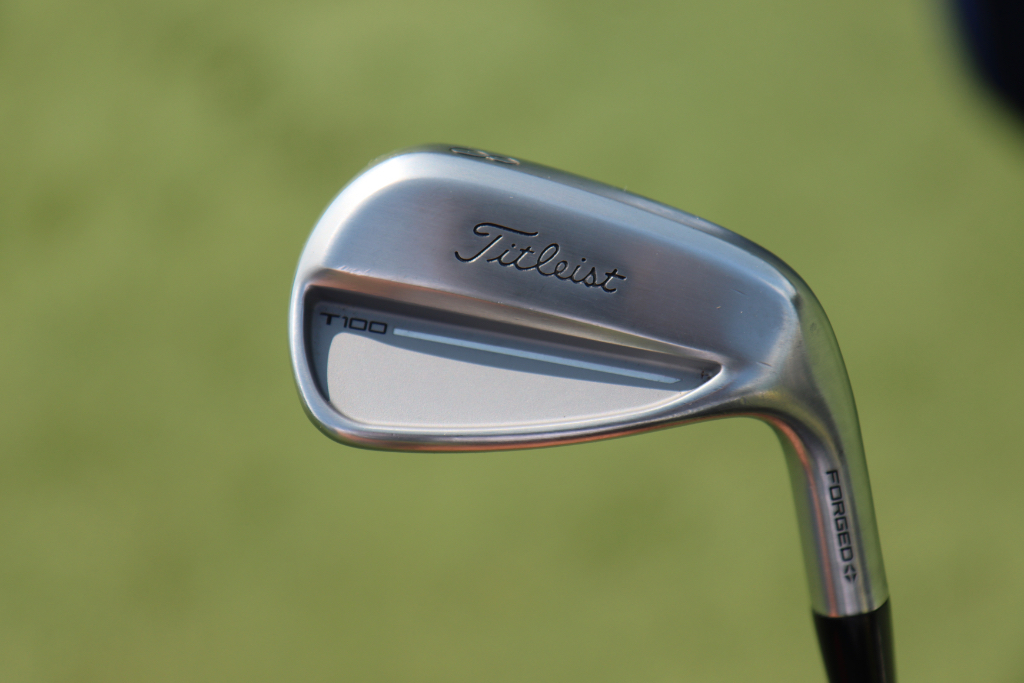
Wedges: Titleist Vokey Design SM10 (48-10F @47, 52-12F, 56-08M @57, 60-04T @62)
Shafts: True Temper Dynamic Gold Tour Issue S400
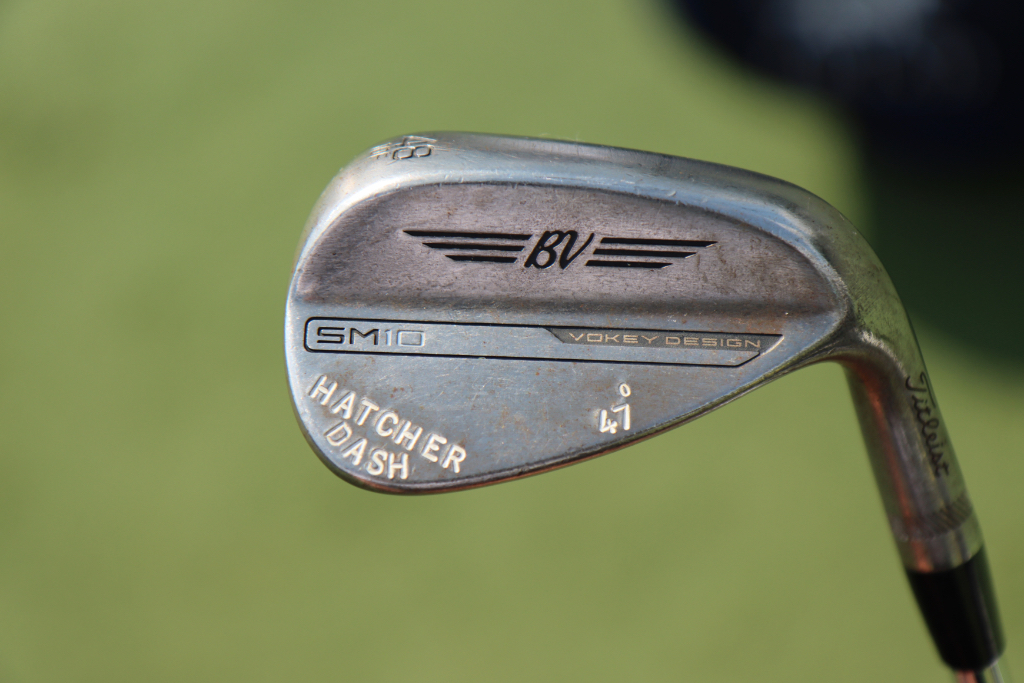
Putter: Scotty Cameron Studio Style Fastback 1.5 Tour Prototype
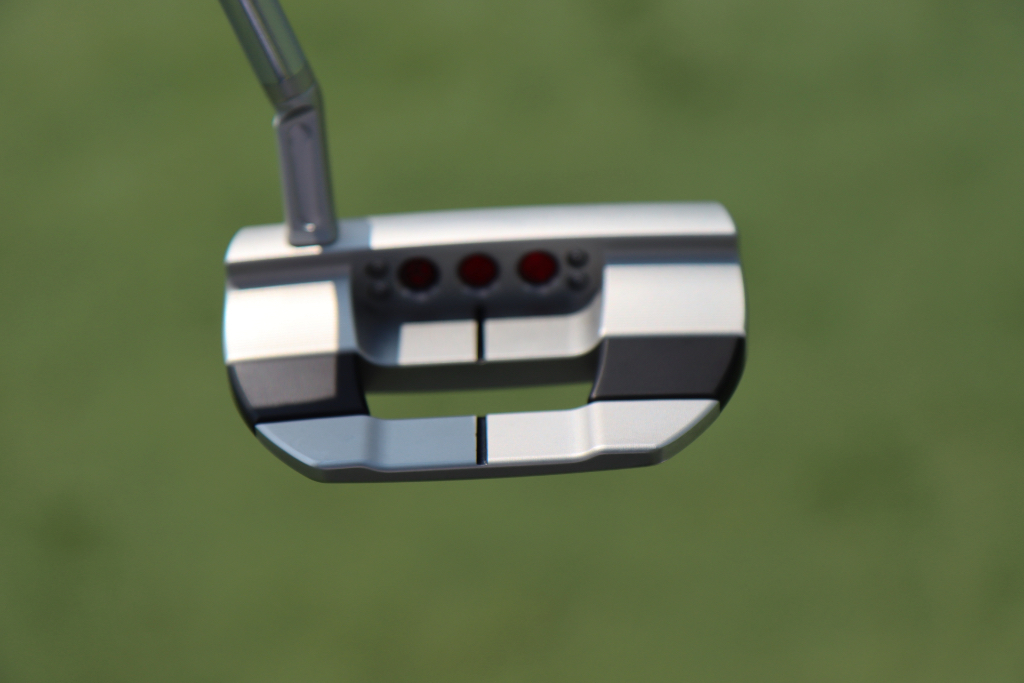
Grips: Golf Pride Tour Velvet
Ball: Titleist Pro V1x Yellow
Equipment
GolfWRX Members Choice presented by 2nd Swing: Best driver of 2025
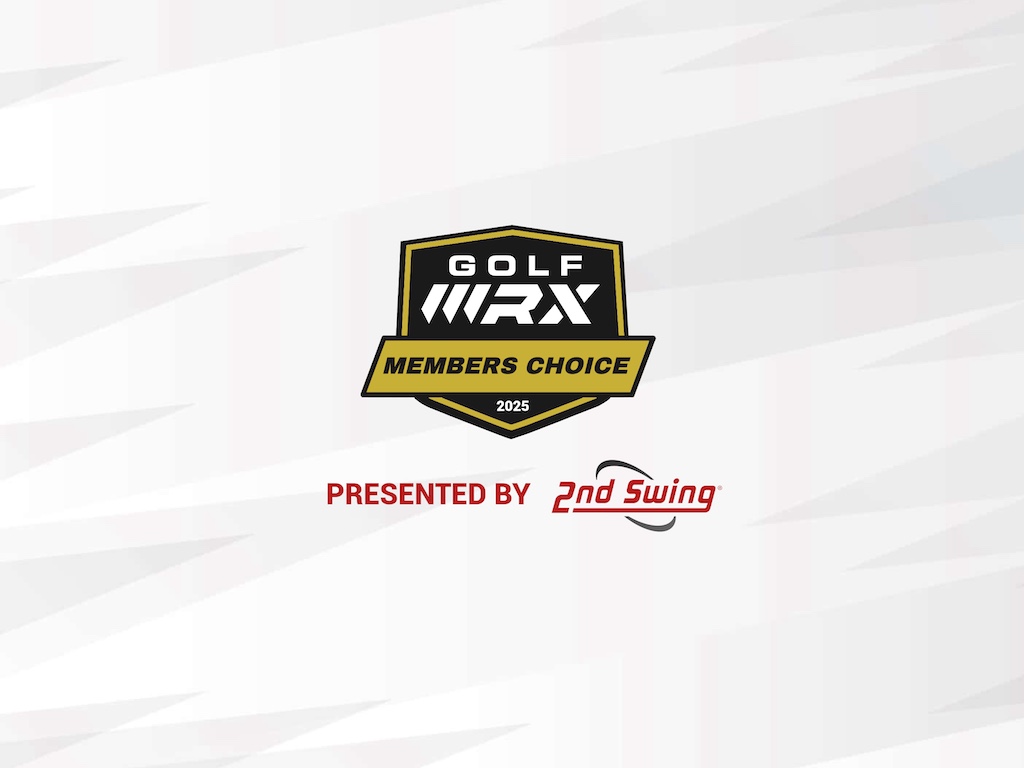
We’re proud to once again partner with 2nd Swing Golf to bring you GolfWRX Members Choice 2025! 2nd Swing has more than 150,000 new and pre-swung golf clubs available in six store locations and online. Check them out here.

What is the best driver in 2025? At GolfWRX, we take great pride in our online community and the cumulative knowledge and experience of our members. When it comes to the best driver of 2025, we want to know what our forum faithful think.
Since our founding in 2005, the bedrock of GolfWRX.com has been the community of passionate and knowledgeable golfers in our forums, and we put endless trust in the opinions of our GolfWRX members — the most knowledgeable community of golfers on the internet. No other group of golfers in the world tests golf clubs as frequently or as extensively, nor is armed with such in-depth information about the latest technology.
Below are the results of GolfWRX member voting for the 2025 best driver, along with the vote percentage for each club.
Best driver of 2025: The top 5
5. Callaway Elyte Triple Diamond: 6.02%
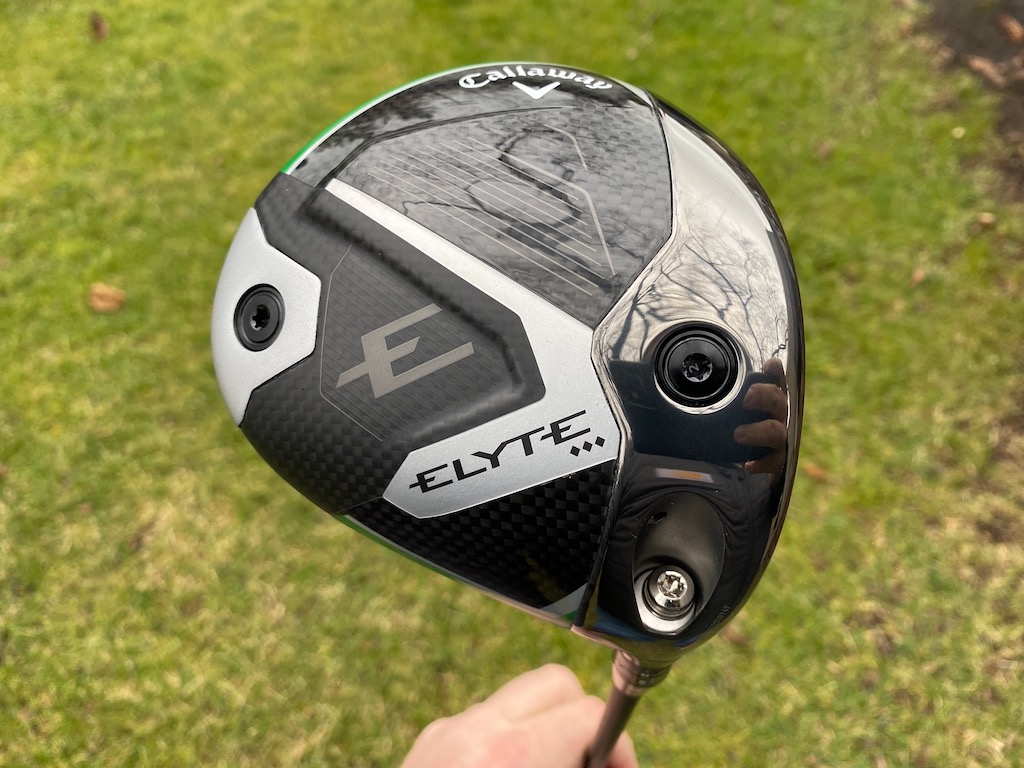
Callaway’s pitch: “For golfers looking for a fast, forgiving, yet workable driver, the Elyte Triple Diamond features a tour-inspired shape and is the preferred model by most Callaway tour players.”
You can read what other golfers are saying about the driver in the GolfWRX forums, and see our launch piece here. Shop the Callaway Elyte Triple Diamond here.
4. Ping G440 Max: 6.86%
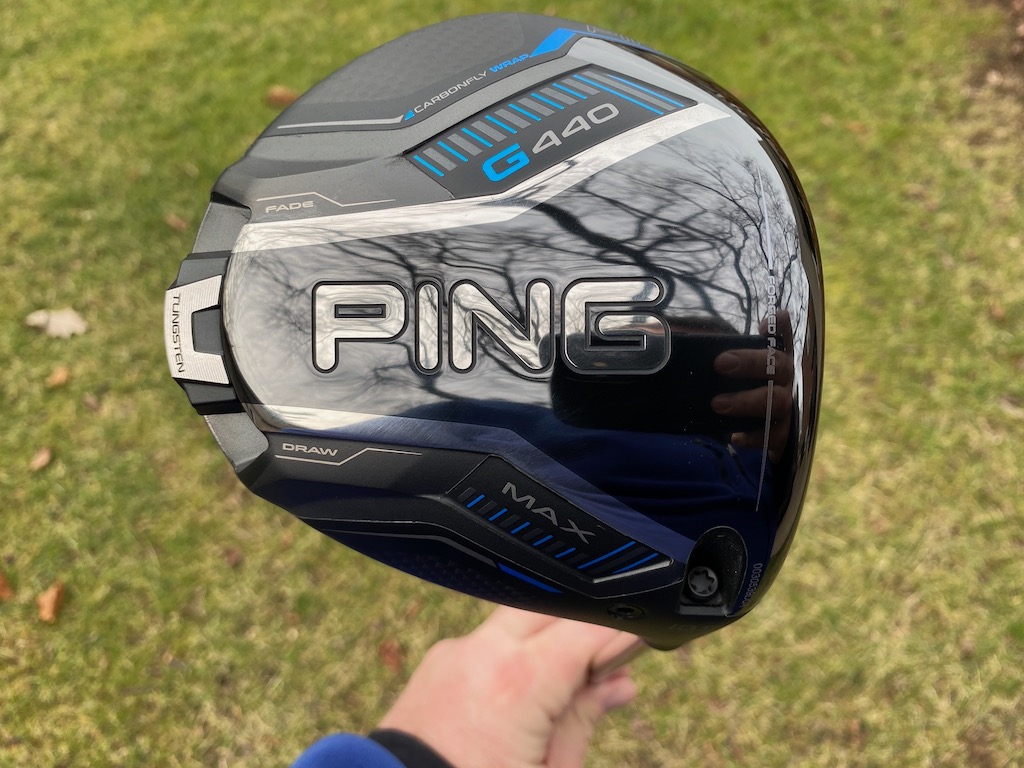
Ping’s pitch: “The most forgiving G440 model, MAX has a hotter face to generate speed and distance, and a lighter overall system weight with a longer shaft (46″) for faster clubhead speed, higher launch and longer carries. The Free Hosel and Carbonfly Wrap crown save weight to create our lowest CG ever and increase forgiveness while contributing to a more muted, pleasing sound.”
You can read what other golfers are saying about the driver in the GolfWRX forums, and see our launch piece here. Shop the Ping G440 Max here.
3. Ping G440 LST: 9.53%
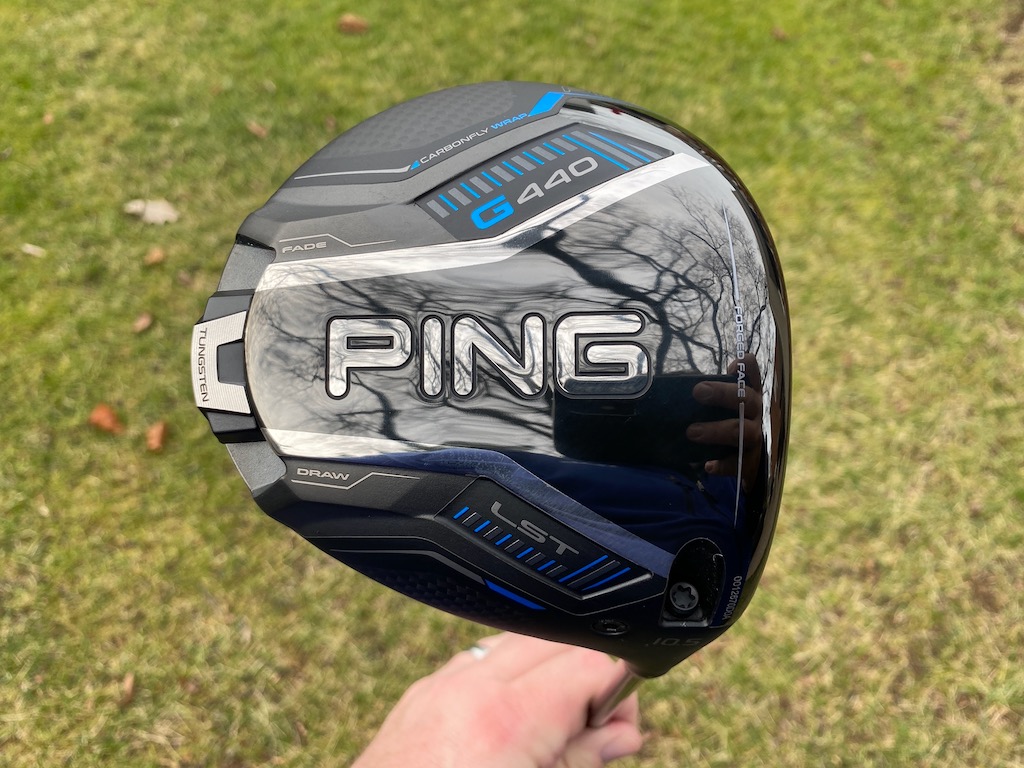
Ping’s pitch: “LST is an especially good fit for faster swings, offering less spin and more control with a penetrating trajectory. A hotter face, lighter overall system weight and longer shaft (46″) deliver more speed and distance while maintaining tight dispersion.”
@phizzy30: “Not a fan of Ping drivers in general, but 440 LST takes the cake. It’s super forgiving across the face for a low spin head, looks and sounds good and the ability to make it play neutral or slightly fade biased through the hosel settings is very appealing.”
You can read what other golfers are saying about the driver in the GolfWRX forums, and see our launch piece here. Shop the Ping G440 LST here.
2. Titleist GT3: 16.55%
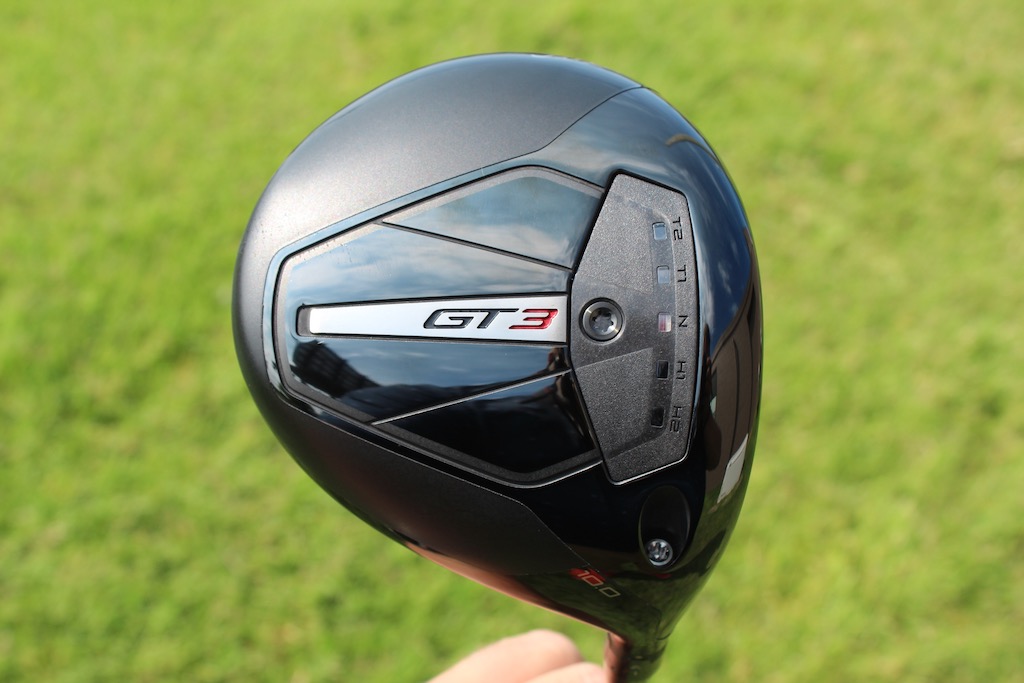
Titleist’s pitch: “The GT3 Driver offers Titleist’s boldest combination of power and personalization through adjustable performance. Dial in the CG Track to your frequent contact location to make your biggest drives even bigger while taking total control over flight and shaping.”
@mrmikeac: “I’ve been Anti-Titleist for years and years and years (outside of Vokey, of course). With that being said, HOLY BEGEEZUS the GT3 driver is an absolute NUCLEAR MONSTER! This thing blew my G430 10K Max out of the water in every single category. Forgiveness is the biggest thing that stands out of me, the 3 model has always been one of the less forgiving models in the past but this GT3 can take bad shot after bad shot and still end up in the fairway, I think a ton of that has to do with the adjustability, it’s actually effective. Feel and sound is perfect, that solid crack is so addicting to hear and when you hit it out the screws this thing can absolutely bomb it. Titleist, I’m sorry for doubting you. You have converted me.”
You can read what other golfers are saying about the driver in the GolfWRX forums, and see our launch piece here. Shop the Titleist GT3 here.
1. Titleist GT2: 22.91%
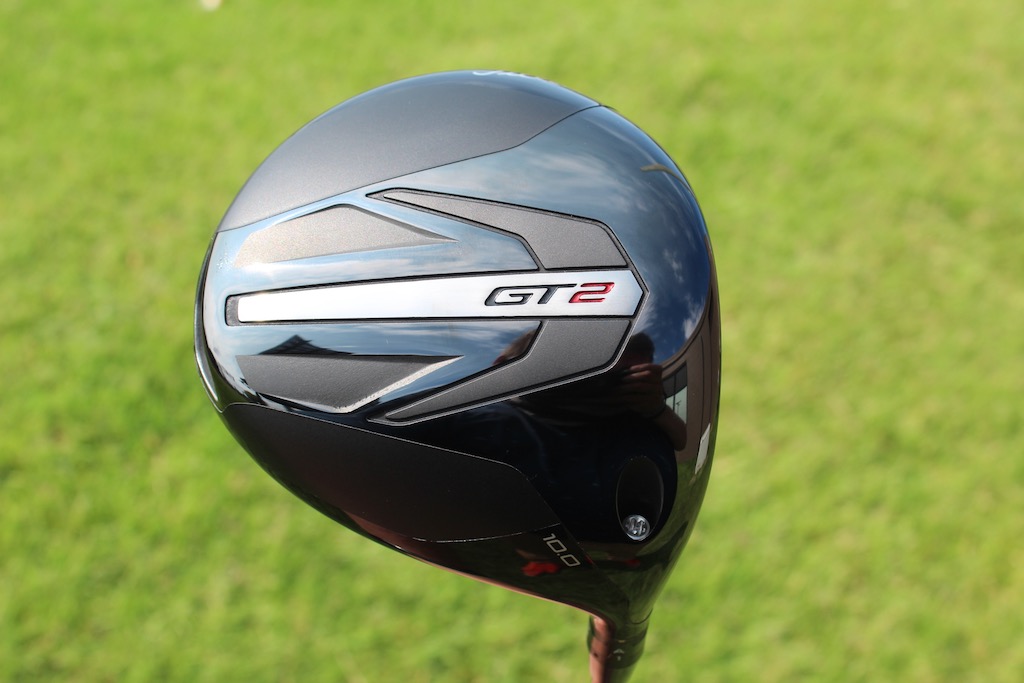
Titleist’s pitch: “Delivering impressive distance from any impact point, the Titleist GT2 Driver extracts maximum performance through a forgiving design. Get the stability and added confidence of a high-MOI driver without sacrificing speed.”
@DTorres: “The Titleist GT2 has proven to be the best driver of the year. Packaged in a classic profile, GT2 perfectly balances performance and forgiveness while consistently being a high performer across all categories.”
You can read what other golfers are saying about the driver in the GolfWRX forums, and see our launch piece here. Shop the Titleist GT2 here.
Other drivers receiving >2% of the vote
| Driver | Vote percentage (%) |
|---|---|
| Cobra DS Adapt Max K | 4.85% |
| Ping G430 Max 10K | 3.85% |
| Callaway Elyte Triple Diamond | 3.68% |
| TaylorMade Qi35 | 3.51% |
| Callaway Elyte | 3.18% |
| Cobra DS Adapt X | 2.34% |
| Cobra DS Adapt LS | 2.17% |
| TaylorMade Qi35 LS | 2.17% |
View this post on Instagram






















William King
Aug 19, 2019 at 7:02 am
First, turf and ground conditions alter and for many players who do not travel, this won’t matter that much. But even for those who do come across great variations in club/turf interaction, it may be better to stick with what you know and are confident with than to change to a club that may theoretically be better for the new conditions.
Secondly, the differences in sand are enormous from course to course, and from dry to wet. That may well make it a good idea to have two or more sand wedges with different bounces.
Harald
Aug 19, 2019 at 6:50 am
Very interesting and clearly stated information. But the expression is either ” guys and dolls ” (and long may Damon Runyon’s memory live), or “ladies and gentlemen”
Keep swinging
Mark Leonard
Aug 15, 2019 at 1:38 am
You mention “…you will benefit from a more aggressive bounce and/or wider sole than if you play the typically tighter ….”. Can you please explain what is meant by “aggressive” in this context?
Jack
Aug 15, 2019 at 3:23 am
Aggressive is high bounce. Cuz if you have a lot of bounce on a tight lie it would be hard to use the bounce without frequent thin bullets across the green. That’s my understanding.
It is confusing to name it that way. Just think high bounce and low bounce. And also effective bounce by how you deliver your chip shots.
Mel B Inglima
Aug 14, 2019 at 3:40 pm
The explanation of the bounce with its picture was helpful. The sole gets “rejected” by the turf. However, the grind discussion, without any picture was less clear.(Tiger’s club picture didn’t fully describe what was going on – I had to use my often wrong imagination!) I’m left to assume that unless I’m a plus handicap golfer or professional, just don’t worry about it! Correct?
As to trying different wedges on the course – whether the actual club you might buy or ones very similar – how do you accomplish this? I’ve found that equipment stores just do NOT want to lend out wedges. Pro shops may from time to time but they have far fewer choices.
So, help! How do I really try out several wedges before buying? I’m not happy with my current wedges but very unsure about buying new ones without significant testing. (I’m a single digit)
Thanks,
Wayne
Oct 17, 2019 at 1:23 pm
I was thinking exactly the same, this article didn’t help one bit, there isn’t much chance of being given a new wedge to go hit off artificial turf at a driving range, never mind being given one to take out and hit off real turf.
Surely there are guidelines to the type of bounce and or grind best suited to a very firm links course compared to a much softer inland course, the same for heavy compact sand or light fluffy type sand.
After reading the last paragraph I’m left wondering how on earth someone can use an online system to find the correct wedge.
Stacey Uchtman
Aug 14, 2019 at 3:31 pm
Do you think a player will “learn” a specific swing based on the wedges they carry? Meaning in the first wedges they carry, do you think they will adjust and learn to play them and eventually be comfortable with that particular bounce/grind making it difficult to move to another combination? Mainly around the greens and less on full shots.